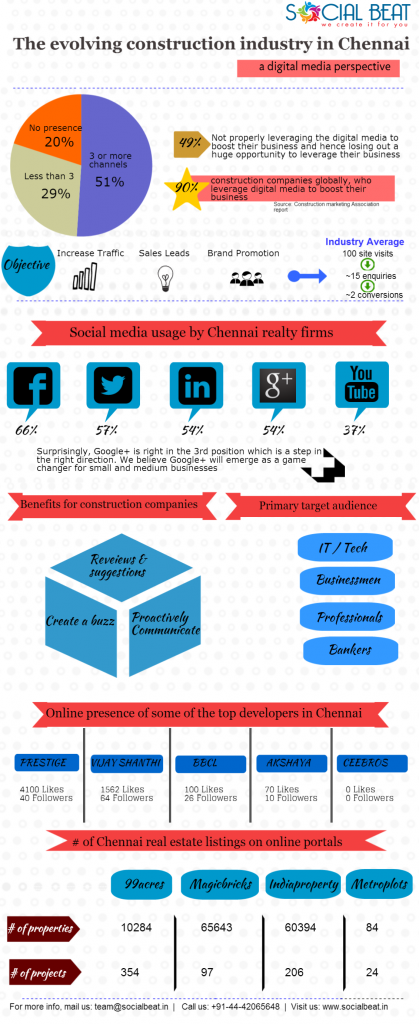Real Estate Leverage and ROI Part Deux Planting Our Pennies
Post on: 26 Июнь, 2015 No Comment

Kitty PoPs brain on RE.
A few weeks ago we ran a post called How Much Real Estate Leverage Should You Use? In it, I examined the relative ROI for real estate investments given different varying down-payment amounts. (If you didnt read that post, it might be helpful in understanding this one to go back and give it a look-see before reading this one.)
Well, in that first post, some readers took issue with my (intentional) omission of opportunity costs in that post, so heres the follow-up where were going to look about how some opportunity costs play a role.
Specifically, Im going to try and answer Cash Rebel s question that he left in the comments from the previous post:
What if I had the money for a 20% down payment, but wanted to evaluate that against buying the same priced home with a 3.5% down payment and investing the 16.5% in the stock market or something?
Just A Quick Review
Im going to use most of the same values that I detailed in the original post, but here they are again for a reminder.
Purchase Price – Median US home price was $173,200 in Jan 2013, so I’ve used that for all these examples.
Percent Down Payment – The examples here are for the minimum conventional loan (20% down) and the FHA minimum of 3.5% down.
Mortgage Terms Interest Rate, Points Required, # Years. We’ll fiddle with these assumptions a bit in the examples below.
PMI Rates Rules for PMI recently changed. FHA increased the PMI yearly premium to 1.30% of the loan value and required that PMI be paid for the entire duration of the loan. That’s right. PMI payments no longer disappear once you hit the magic 20% equity unless you refinance into another loan. (Though my model assumes you have a no-cost refi into an equivalent loan for your remaining term when you reach 20% equity. Thats a pretty generous assumption if youre using historically low interest rates)
Loan Origination Costs The US nationwide average for mortgage origination costs on a $200K loan are $1,600.
Marginal Tax Rate What tax bracket are your mortgage interest deductions saving you money in? I use 25% for all the following examples (mostly ’cause that’s our marginal tax bracket). In all of these examples, I am VERY generous and assume you get the full benefit of your tax deduction from mortgage interest despite the fact that many people cannot itemize tax deductions. (The PoPs included.)
** Long Term Capital Gains Tax Rate (A new addition to this list) I used the current rate of 15% for individuals in the 25% tax bracket and up. But because of the $250K exemption for LT capital gains on a primary residence, this tax only applies to the gains that you make on the cash that gets invested.
Inflation I took the average CPI from the past 20 years. It was 2.50%. That was used as the inflation rate in all of these calculations.
RE Growth Rate Long term, on a nationwide basis, RE growth tracks inflation. But I left it as a variable we can toggle to test what happens if you’re in an area like SF or NYC that has had long term growth rates above inflation.
Realtor’s Fees Upon Sale I assumed 6% since that’s a pretty fair industry standard for the seller to pay.
So getting to Cash Rebels question
What would it be like if we had the cash for a 20% down payment but opted for a 3.5% down payment and invested the rest in the S&P 500?
Lets Look At It Visually
For these charts, Im assuming that were getting a long term S&P 500 CAGR of 7.49% (thats the actual CAGR from Jan 1 1950 to July 1 2013) and compounding it on our market investment every year. Then were comparing the return of that diversified portfolio (RE + stocks) to what return youd be looking at if you had used a traditional 20% loan or just a 3.5% loan on JUST a real estate purchase.
The results might surprise some of you.
Note: For all these graphs, the yellow line is your 20% down payment ROI, the red for your 3.5% down payment, and the purple if you invested the difference (16.5%) in the stock market. Refer back to this post if you want a review of what numbers go into the ROI calculations and remember, the ROI is negative in the first few years because of all the front-loaded costs associated with a mortgage (origination fees, points).
An Average Market (one that grows at the same rate as historical inflation, 2.50%)

First, heres what it looks like for mortgage with terms approximating average mortgage over the last 20 years (6.45% APR and 0.97% points). You can see that the option where youre investing money in the market doesnt start to beat your 20% down payment until year 7, and doesnt really start to make any significant difference until year 12 when youre no longer subject to PMI.
We see a similar scenario if we got to use average 2012 mortgage rates (everyone loved those historic lows!) of 3.66% APR with 0.7% points, but the crossover point is a little later and you get rid of PMI a little earlier, by year 10.
So in this average market, it seems to be close to a wash in the first 10 years of ownership, largely dependent on whether or not the market will be over or under performing that long term average during that period. Until you get rid of PMI, any market performance is basically being eating up by PMI.
A Boisterous RE Market (Like SF with 4.40% RE appreciation)
For a 20-year average mortgage (6.45% APR and 0.97% points), in year 15, your diversified investment split between the RE market and the S&P 500 is still under performing. And yes, this is AFTER your PMI has been concluded, which takes place by year 12.
Under 2012 mortgage rates (3.66% APR and 0.7% points), a similar story is taking place, where you lose PMI in year 10, but a diversified investment is still underperforming RE in year 15.
Its might not be your gut reaction when you first think about it, but it makes sense that the stronger you expect your RE market is, the harder it will be to beat the investment returns you get there. Even though the RE market is just growing by 4.40% in this boisterous SF market, and were assuming that our stock investment is growing at 7.49%, in 15 years a diversified portfolio STILL wouldnt have caught up because of the amount that youre paying in interest and PMI charges.
Mrs PoPs Take On the Whole Idea
Opting for a 3.5% mortgage and paying PMI when you have the savings (or can get there pretty quickly if you put your mind to it) for a 20% mortgage seems like a waste to me. PMI basically eats all of your market returns as long as youre carrying it. And, since PMI rates are on anything but a downward trajectory. this differential could get even worse as PMI rates rise.
If youre looking at your home as an investment (especially if youre not planning on living there for decades and decades), do your best to save up for a 20% down payment. Paying PMI is like throwing money down the toilet.
Are you surprised by the numbers? Did you think it might be easier to get better investment returns by leveraging using a smaller down payment and tossing money in the stock market instead?
Final Note: As always, if any other excel junkies want to check out the spreadsheet, toss me an email and Ill shoot you a copy to play around with.














